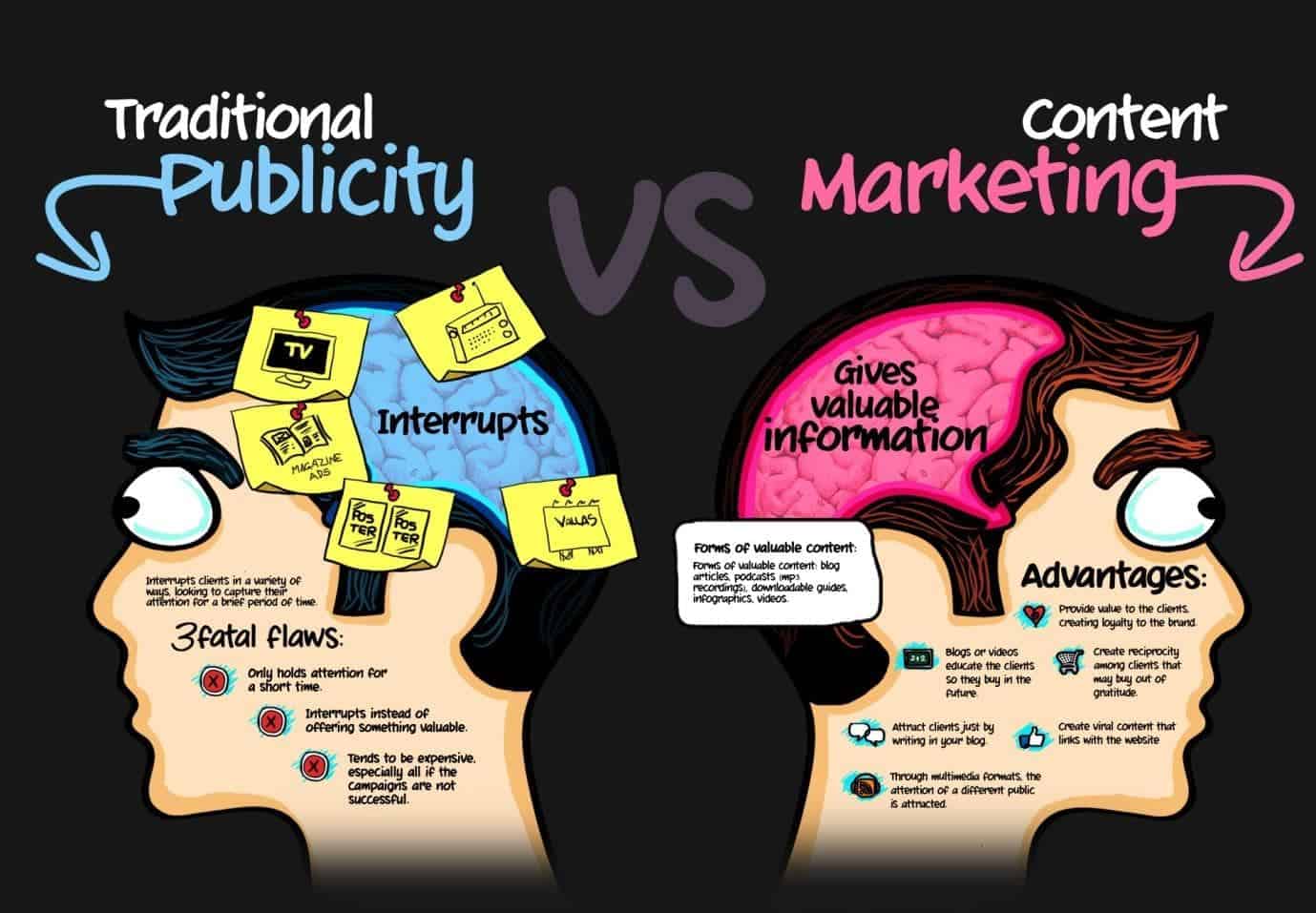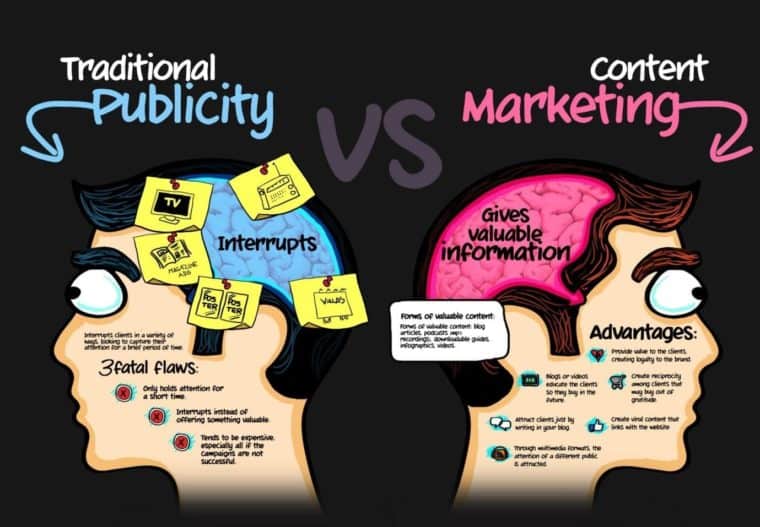Tips to Devise a Solid Content Marketing Strategy for your Business
Here are some useful hints on content marketing and how it can be made to work in your favor in today’s world

Content marketing has only now started to gain a whole lot of attention. However, unknown to many, it has been in the industry for quite a long time.
While the basic idea behind content marketing (storytelling) remains unchanged, the marketing channels have changed considerably over the years.
This, in turn, has created the necessity for businesses to seize the opportunity and invest time, money, and resources in content marketing. If you think of doing so too, here are some useful hints on content marketing and how it can be made to work in your favor in today’s world.
Get the Best Updates on SaaS, Tech, and AI
What does content marketing actually mean?

If you go by the basic definition, Content Marketing can be defined as the long-term strategy undertaken by a business or company to build a strong relationship with its target audience by giving the latter relevant, high-quality content on a consistent basis.
Rather than the general connection created by one-off advertising, content marketing strives to create content that shows customers that you care for them. It focuses on creating content specific to the target audience and their behavioral patterns, connecting with them on a more personal level before slowly edging them towards the point of making a purchase decision.
Creating a solid content marketing strategy
Content marketing is not the same as one-off advertising. Hence the same practices and approaches will not work for both. The sheer number and variety of content marketing strategies have also increased dramatically over the years, thanks to a dramatic increase in the number of mediums for content marketing as well.
Most businesses today tend to use the so-called 3D content model to market their business online. The model involves following three simple steps to shift the focus from the person marketing products to the person buying products. Accordingly, it involves identifying the pain points and mapping the content to these points, using the right content type for the problem and mapping this content to the buying behaviors of customers experiencing the problem.
It is important to create content that matches the needs of the target audience. This will help you target specific people who will pay attention to your products and services.
Mapping content based on customer’s buying patterns and journey

While the ultimate goal of content marketing remains to grow the business, it can be done only if you pay attention to your customers first. Understanding the needs and problems of the target audience enables you to create content that helps address these problems efficiently. This is where content mapping comes into the picture.
Content mapping relates to the act of understanding the target audience well in order to create content for every stage of the journey of buying a product. Not many people buy a product right after discovering it. They go through the product on the website, think about it for a few months, and then come back to buy the product after seeing retargeting ads. The content you create must remain with the customer throughout this period and bring them back to your website for the purchase. This can be achieved only via content mapping.
Accordingly, there are three basic stages of content mapping you need to know about. They are:
- Awareness
- Consideration
- Decision
Each of these stages requires a different type of content marketing. Let’s take a closer look at these stages.
Awareness Stage

This is the first stage of the purchase process or a buyer’s journey. In this stage, the customer becomes aware of your business and products. It is the stage where the content you created generates enough interest in them to visit your site and look around a bit to know who you are.
This stage is all about creating content that helps increases your brand awareness. In addition to publishing content that sparks interest about your business, give attention to high-level metrics like number of page views, number of readers, engagement rate, articles viewed, top performing pages, time on site, and so on. Doing so helps you channel your content in the most productive manner possible.
For instance, if you publish a series of content and monitor them carefully, you will be able to notice some blog posts garnering a more positive response than others. This helps you replicate the successful blog posts to increase your brand awareness. You can also check the posts that are performing bad and find out what went wrong with them. Measuring the successes and failures helps you to create the top of the funnel content marketing strategy that works well in building brand awareness.
Consideration Stage

Many businesses fall short in their content marketing strategy by assuming that once a customer gets to know about them, he/she will buy from them. It does not happen this way though.
In reality, a customer will come to know about you and consider buying from you only after some time, meaning there will be a time lapse between brand awareness and the actual purchase. This is the time most customers tend to veer away from a product unless they are gradually guided back to it via proper content.
The content required for this stage of content mapping differs drastically from the kind used for the earlier stage. In this stage, your focus should be on content that gauges the interest of current prospects, meaning you need to create content that continues to attract customers who are already interested in your products or services. Accordingly, the content you create in this stage must focus on returning visitors and resource downloads in addition to form submissions, newsletter sign-ups, and e-books. Getting visitors to sign in for your newsletter and e-books enables you to remain in touch with them throughout the consideration phase, thus making it easier for you to convert these people into potential customers.
Decision Stage
This is the stage that every business wants for its customers, the stage where a customer finally decides to buy a product. However, it can also be the stage where the customer decides not to buy your product and simply falls into obscurity.
The final stage of content mapping, therefore, depends on how effectively you channel your content marketing efforts into optimizing conversions. This is where factors like sales, order frequency, the average size of orders, etc. come into consideration.
Remember, by this time, the customer is already interested in buying your product. You will need to create content that gently nudges him/her into buying your product without sounding too pushy. This can be done by creating content with high commitment keywords and aptly placed CTAs. Accordingly, you can place purchase links with long tail keywords that are attractive enough to make the customer click them and move onto the purchase stage quickly.
Summary
Content marketing has changed significantly over the years. With so many strategies doing the rounds, you will need to choose the one strategy that works best for your business and channelize it properly to enjoy optimal conversions.
FTC Disclosure: The pages you visit may have external affiliate links that may result in me getting a commission if you decide to buy the mentioned product. It gives a little encouragement to a smaller content creator like myself.


